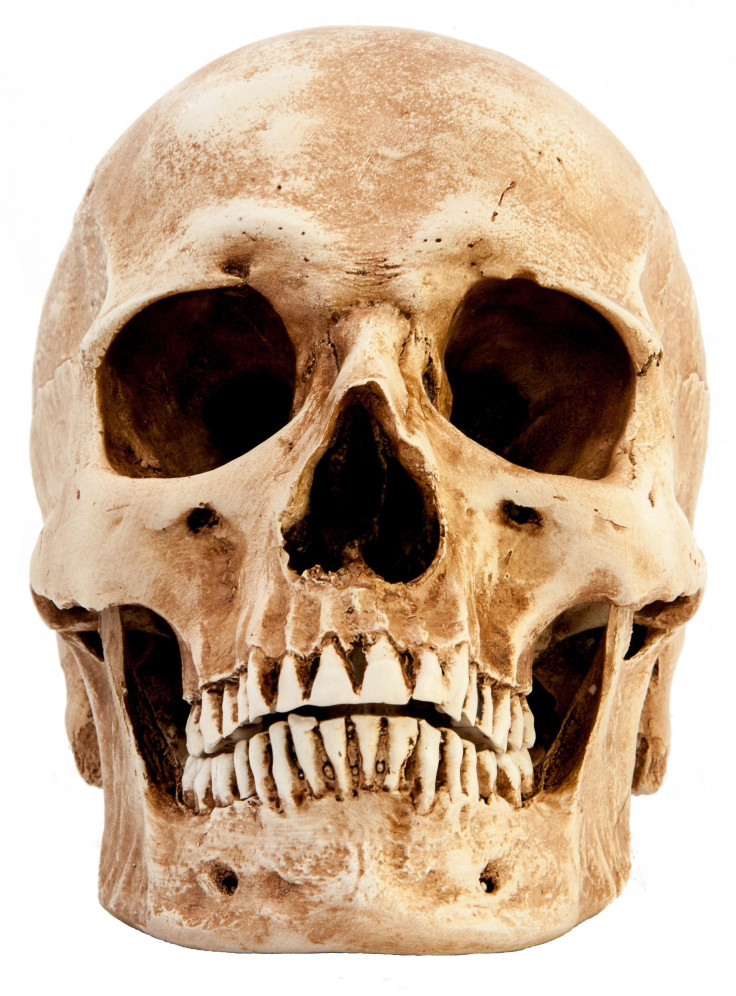
Scientists have discovered a skeleton of an aristocratic woman in a necropolis in the Alsace region of France. Apart from the ancient discovery, the astounding part is that the woman boasts a deformed, pointy shaped head. But before you think it is a birth defect or a wound, know that scientists believe that her head was flattened because she was of aristocratic background, as during that time, a deformed skull was for the privileged. "The deformation of the skull with the help of bandages (narrow strips of cloth) and small boards is a practice coming from central Asia," said Philippe Lefranc, an archaeologist who excavated the Stone Age burials, in an email with NBC News. "It was popularized by the Huns and adopted by many German people. In France, Germany and eastern Europe, these deformed skulls appear in tombs rich in objects."
The woman, who was discovered in a burial area with 18 tombs from the late Roman period or the early Dark Ages from 1,650 years ago, was also found with gold pins, belts called chatelaines, pearls, a comb made of a stag antler and a bronze mirror. The team that excavated the area also believes that the graves were that of mercenary soldiers from the East, employed by the Roman Army, and their families. Archaeologists discovered the tombs in 2011 when excavating the area for an industrial project, but discovered corpses lying on their backs, well preserved from the limestone rock. Dating between 4900 B.C. and 4750 B.C., many of the tombs included other artifacts including tools, ornaments and vases.
Similar deformed 'alien-like' skulls were found in a 1,000-year-old cemetery in Mexico in 2012. The cemetery, which was originally discovered in 1999 by residents of the village of Onavas while building an irrigation canal, marks the first pre-Hispanic cemetery in the state of Sonora in Mexico. The burial site, which is called El Cementerio, contained 25 human burials, of which 13 featured deformed skulls. But if you think this, too, was a sign of aristocracy, then you're right! Deforming skulls of children in Central America was a common practice to create a distinguishing criterion between social groups. "Cranial deformation has been used by different societies in the world as a ritual practice, or for distinction of status within a group or to distinguish between social groups," said researcher Cristina García Moreno, an archaeologist at Arizona State University, to Live Science. "The reason why these individuals at El Cementerio deformed their skulls is still unknown."
Image courtesy of Shutterstock via Eric Jennings.
© 2025 Latin Times. All rights reserved. Do not reproduce without permission.





